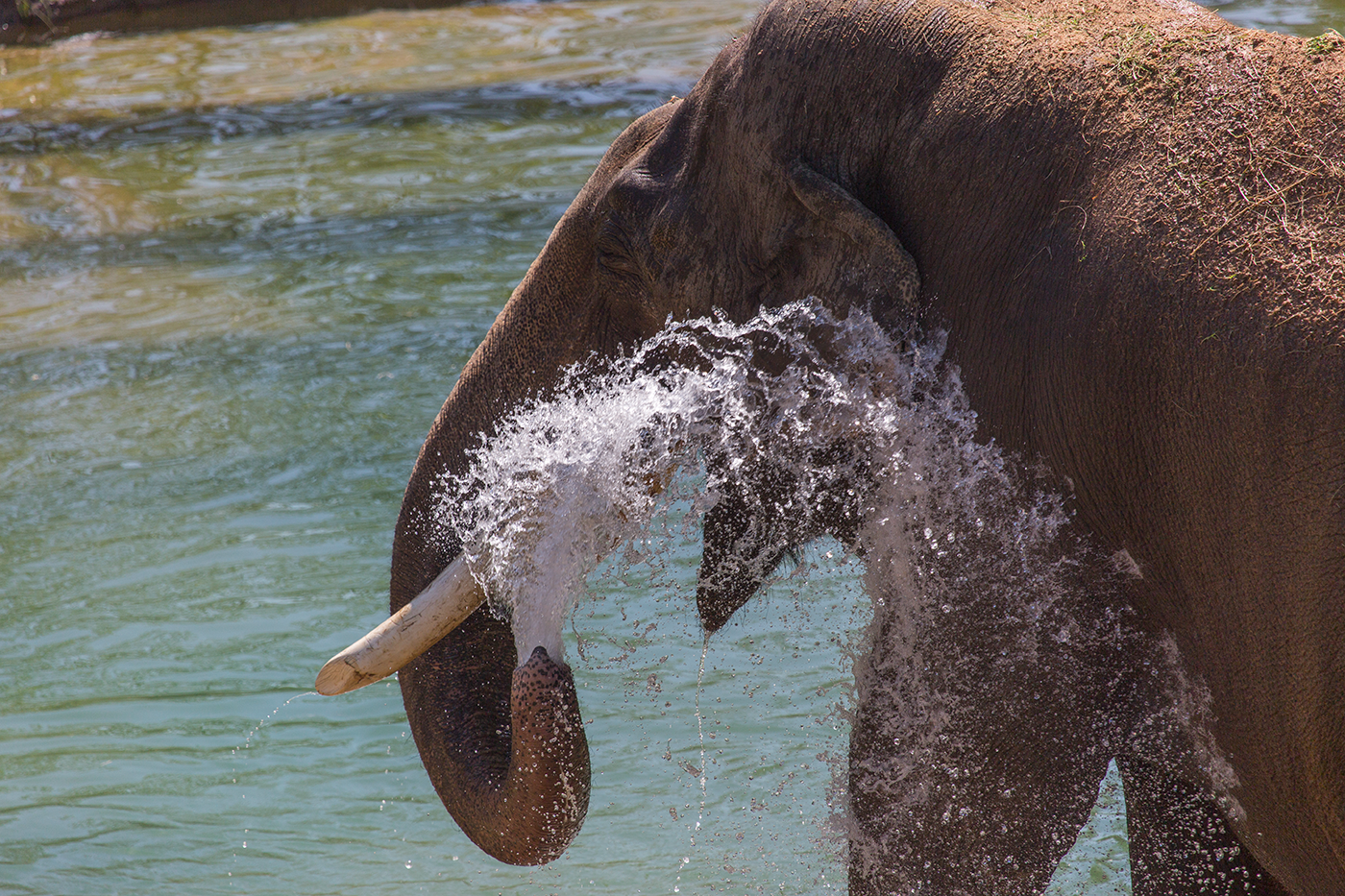Tips for Making the Most of Your Summer Visit to the Zoo

Summers in Washington, D.C. can get hot... really hot.
When heat indexes soar over 100 degrees, staff at the Smithsonian’s National Zoo and Conservation Biology Institute work hard to make sure both visitors and animals are healthy and safe on hot summer days.
Read some quick tips for making the most of your summer trip to the Zoo:
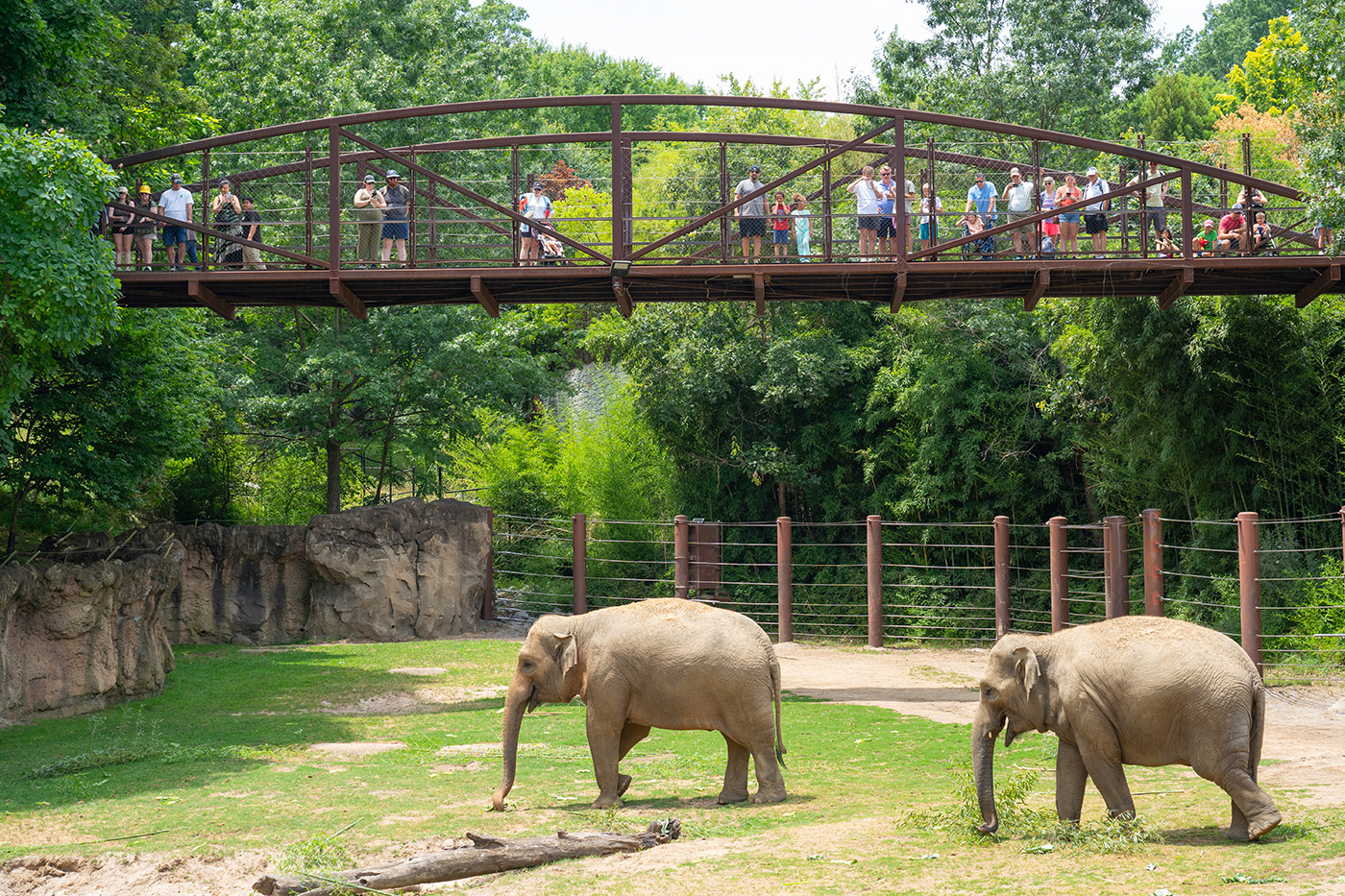
Be prepared to change plans.
When it is very hot outdoors, outdoor programming can be hard on the guests, animals, and staff. For everyone’s safety, when there is an excessive heat advisory in effect, keeper talks and animal demos may be canceled or relocated to indoor spaces. Please be sure to look for signage so you don’t wait in the sun for an animal demo that has been canceled.
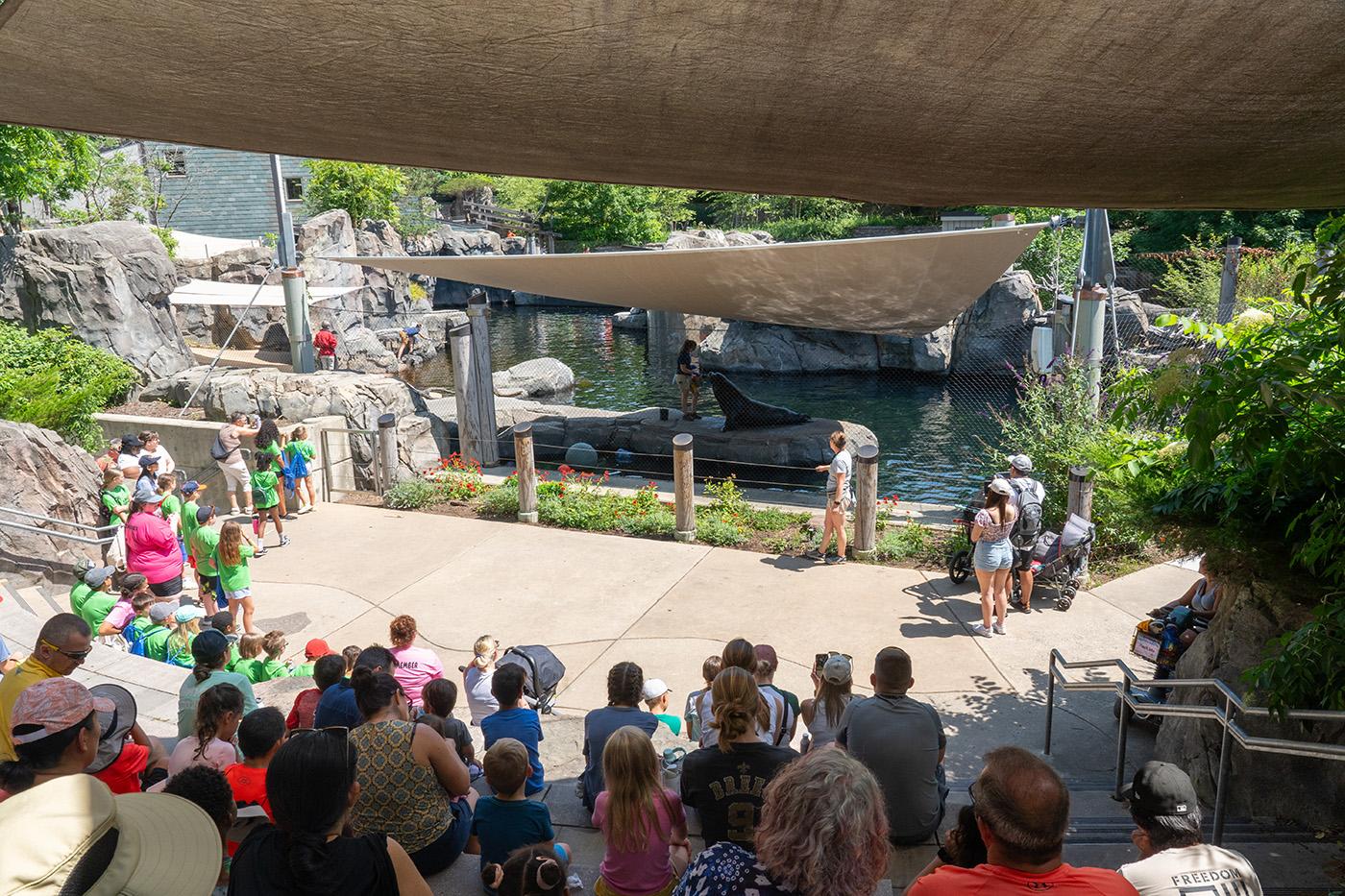
The best time to visit the Zoo is early in the morning. Some animals, like the western lowland gorillas, are most active before the heat of the day.

Animals often hang out in shaded areas of their habitat, which can make them a bit harder to spot.
Some animals, like clouded leopards, blend in with natural camouflage. Take a few moments to see who you'll find!

Want to beat the heat? There are plenty of ways to cool off on hot days!
Take a quick dip in one of the water misting stations placed throughout the park.
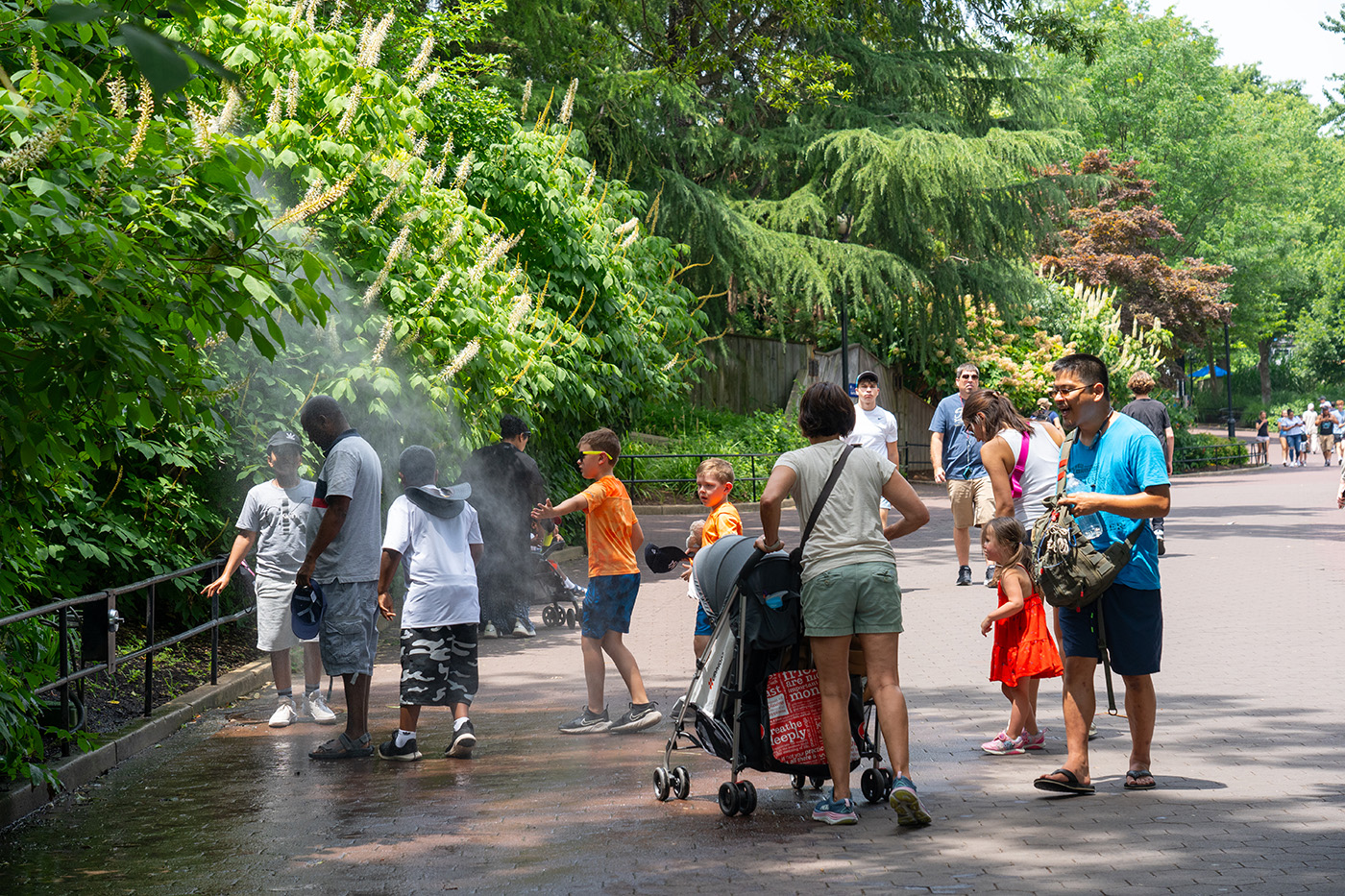
Kids can play in the water at the beach-themed Squirt Zone splash area, located on American Trail.
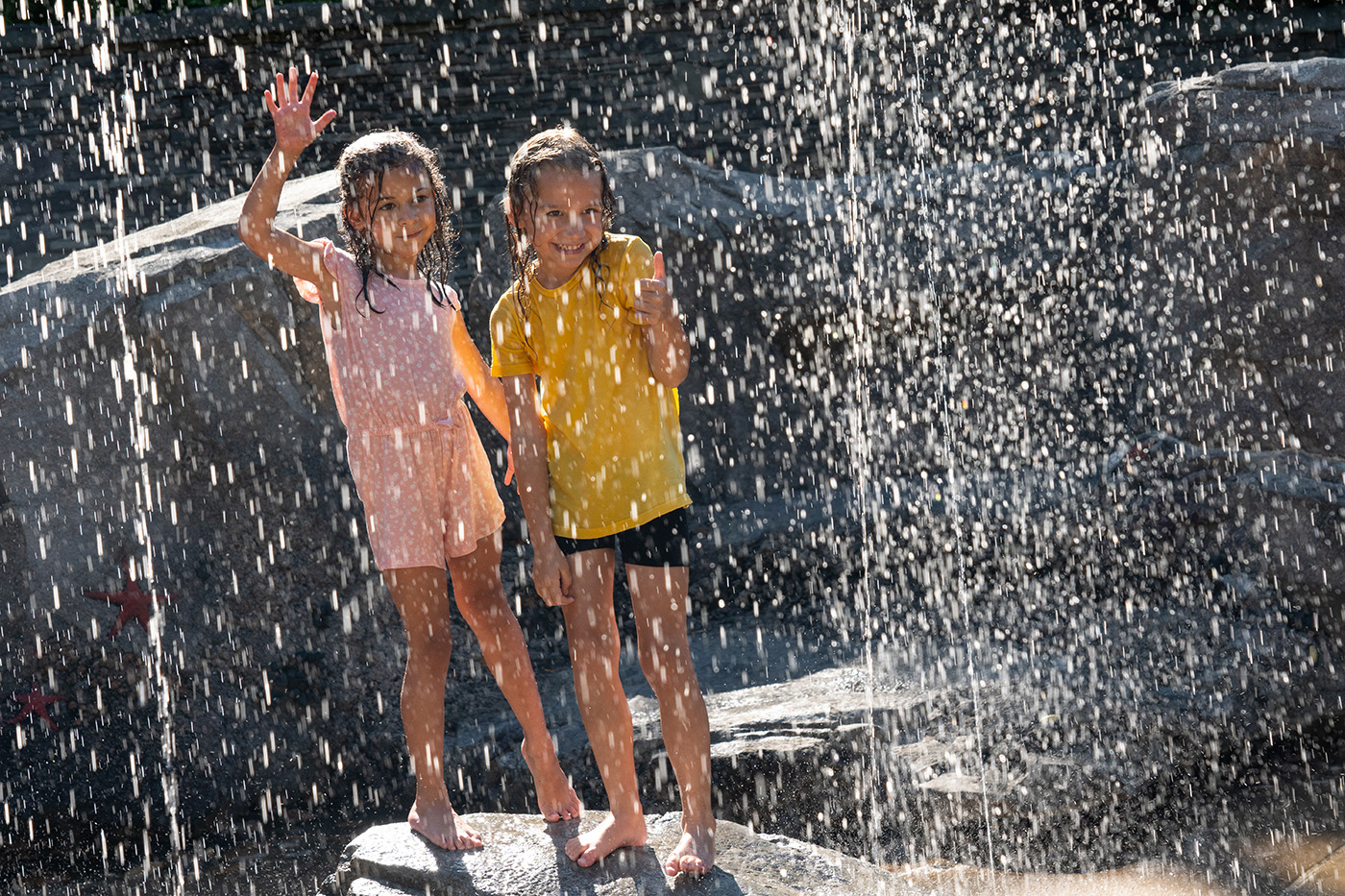
Grab a cold drink or a frozen treat from one of the Zoo’s snack stands or dining areas.

Want to stay cool for longer? See some animals inside!
Indoor exhibits like the Bird House, Reptile Discovery Center, Great Ape House, Amazonia and the Small Mammal House are temperature-controlled throughout the year. Check out the Zoo map to see what's available.
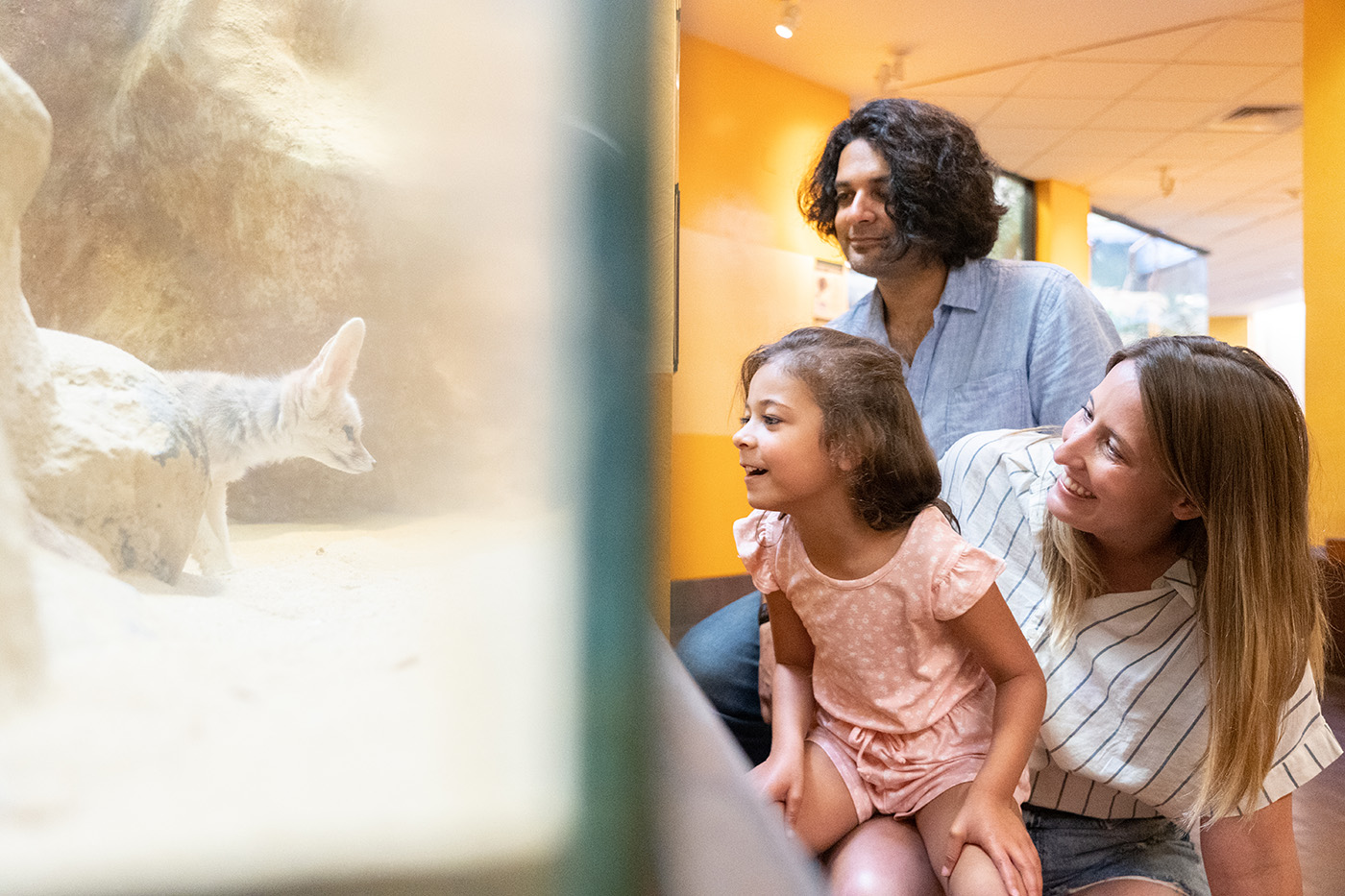
Home to more than 2,100 animals, the Smithsonian’s National Zoo and Conservation Biology Institute is leader in animal care, science, education and sustainability. Plan your visit today.
How the Zoo Keeps Animals Healthy in Extreme Heat
When heat indexes soar over 90 or even 100 degrees, staff at the Smithsonian’s National Zoo work hard to make sure animals are healthy and safe.
